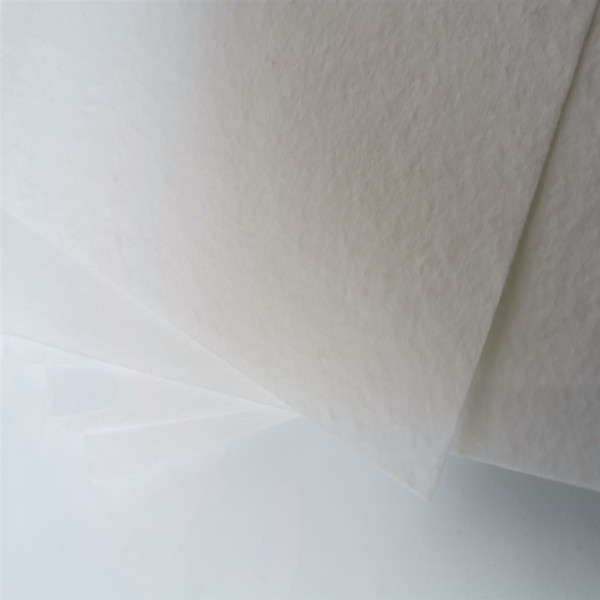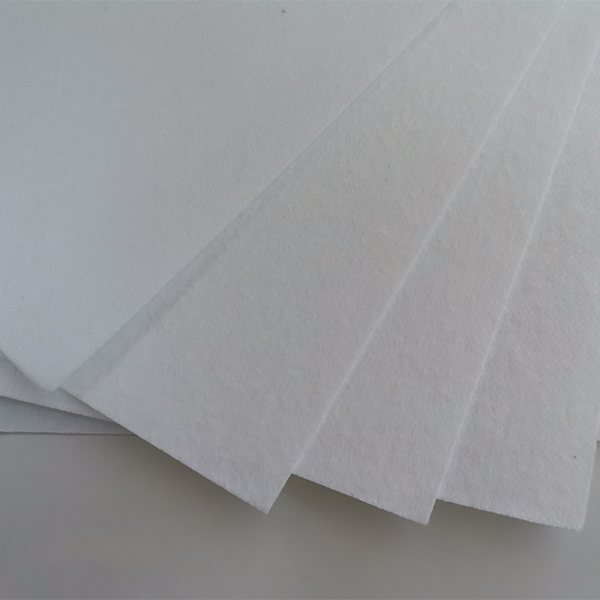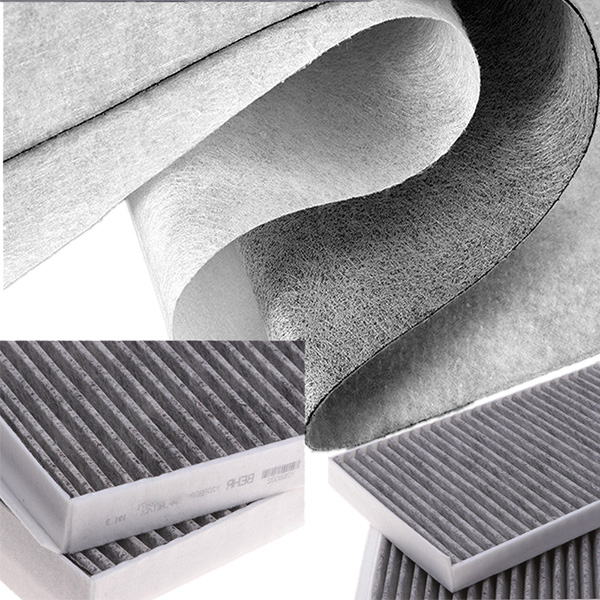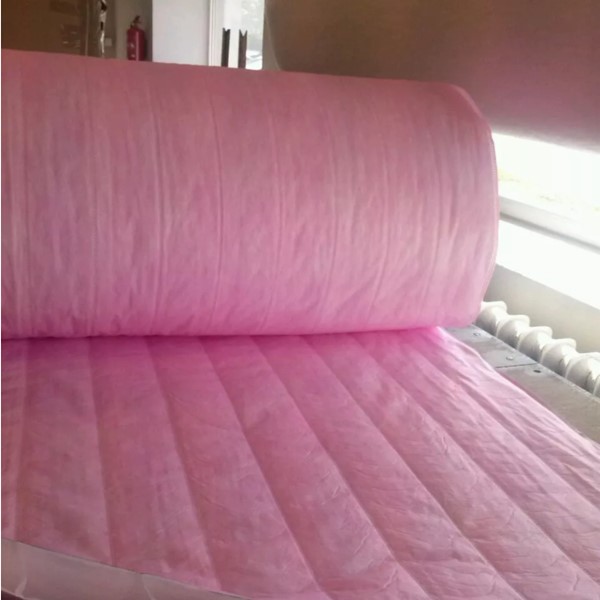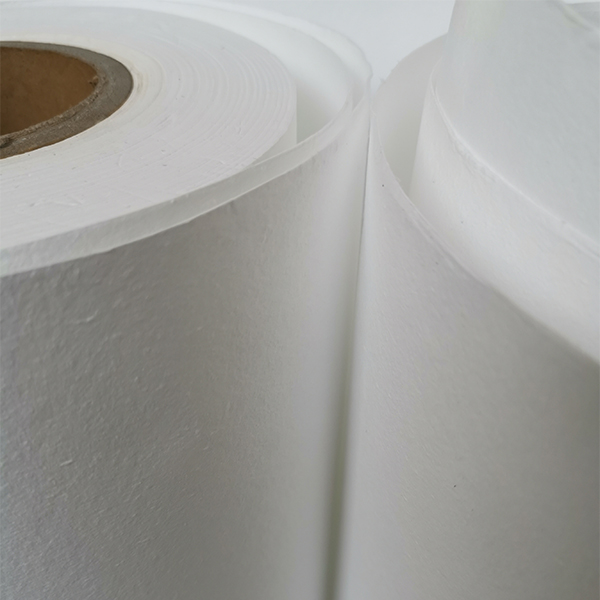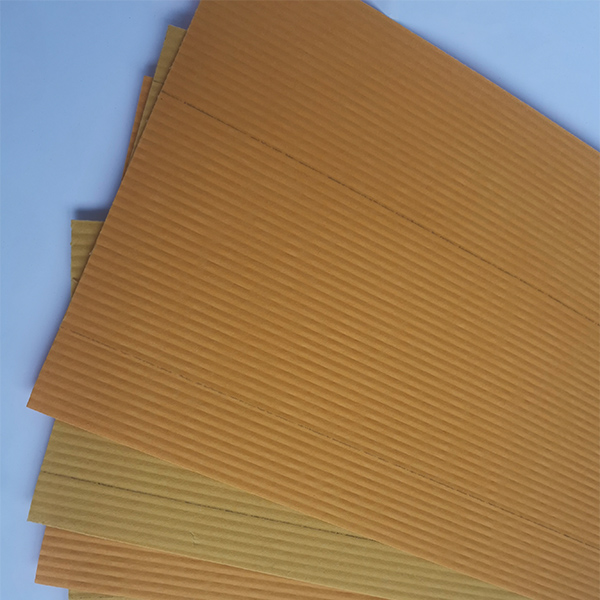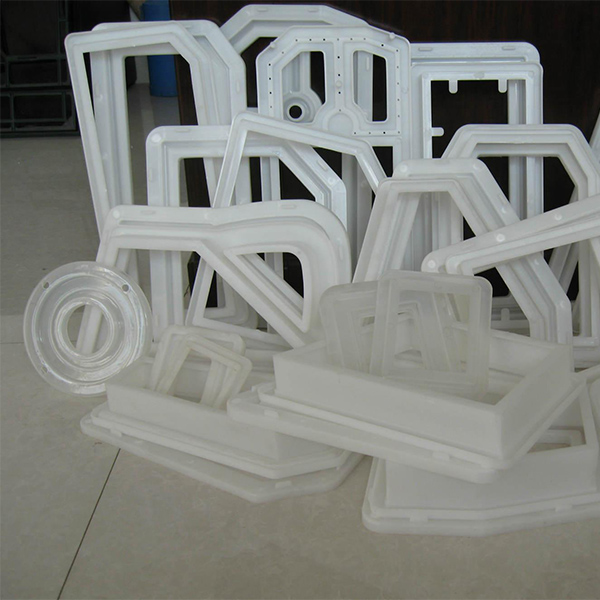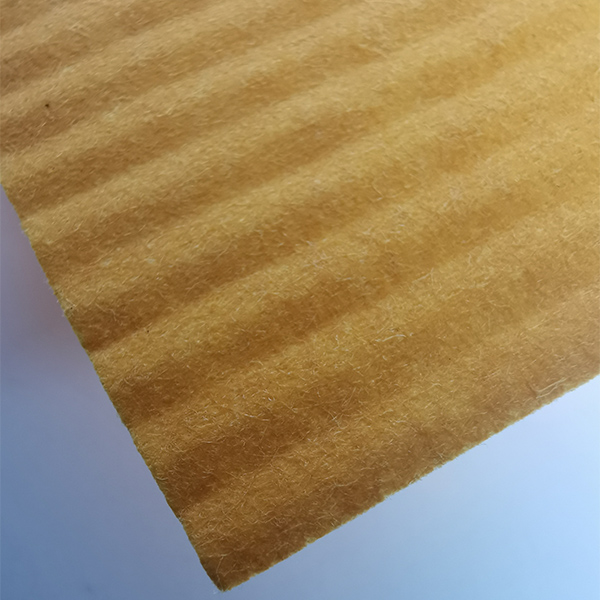Industrial Dust Collector Cartridge Filters: Why They Matter Worldwide
If you’ve ever walked into a factory or a manufacturing plant and noticed the air seemed clearer, that’s often thanks to industrial dust collector cartridge filters. These unassuming heroes aren’t just pieces of equipment — they’re critical safeguards for worker health, environmental protection, and regulatory compliance around the globe. As industries boom, pollution rises, and climate considerations tighten, understanding these filters helps us appreciate the invisible effort behind cleaner, safer air.
On a global scale, millions of tons of dust particles are generated annually, threatening respiratory health, machinery lifespan, and even local ecosystems. Investing in good filtration technology isn’t just an operational cost; it’s an environmental imperative, regulatory necessity, and a nod to social responsibility.
Dust Control on a Global Scale: The Growing Need for Cartridge Filters
Industrial dust collector cartridge filters have seen rising relevance alongside rapid urbanization and industrial growth. According to data from the United Nations and World Bank, air pollution causes approximately seven million premature deaths yearly worldwide, much due to particulate matter from industrial sources. ISO standards have recently tightened as well, prioritizing cleaner factory emissions and safer workplace air quality.
Industries face growing pressure to avoid fines, protect their workforce, and align with global sustainability goals. Dust and particulates can also clog delicate machinery, leading to downtime and costly repairs—problems the right cartridge filter can prevent smoothly.
So, the challenge isn’t just catching dust but doing so reliably, cost-effectively, and sustainably—across vastly different industrial environments from mining to food processing.
What Exactly Are Industrial Dust Collector Cartridge Filters?
Put simply, these are compact, cylindrical filters installed inside dust collectors—the machines designed to trap airborne dust and contaminants in industrial settings. Cartridges boast pleated media surfaces (often polyester or cellulose blends) that maximize filtration area without bulky size.
Cartridge filters capture fine and coarse particles, ensuring that cleaner air is released back into the workspace or environment. They’re crucial in maintaining industrial hygiene and minimizing hazardous dust exposure, which can range from nuisance particles to carcinogens.
In humanitarian terms, cleaner air means safer communities and reduced health risks, especially in areas with heavy polluting industries or ongoing disaster recovery operations.
Core Factors to Consider With Cartridge Filters
1. Durability
Durability is paramount; filters must withstand abrasive dust and sometimes corrosive environments. Many manufacturers employ synthetic fibers with protective coatings to enhance lifespan, reducing replacement frequency and operational cost.
2. Filtration Efficiency
The finer the dust particle a filter can catch, the better the air quality. Cartridge filters often claim upwards of 99% efficiency for particles down to 0.3 microns—meaning they can catch smoke, pollen, or tiny industrial dust that traditional filters might miss.
3. Cost Efficiency
Aside from initial purchase price, factors such as maintenance, energy consumption (pressure drops), and filter replacement cycles contribute to overall cost. An efficient cartridge reduces downtime and operational power draw—a double win.
4. Scalability
Many plants scale their filtration needs with production changes. Modular cartridge designs make it easier to upgrade or tailor systems without a full overhaul.
5. Environmental Compliance
Filters must meet local and international air quality standards. Compliance avoids hefty fines and boosts corporate responsibility credentials.
6. Ease of Maintenance
Quick replacement mechanisms and cleaning options (like pulse jet cleaning) keep downtime minimal and simplify maintenance for plant engineers.
Mini takeaway: Key elements like durability, filtration efficiency, and cost considerations shape the best choice — kind of like picking the right shoes for a marathon versus a casual walk.
Real-World Applications Across Industries and Regions
From metal smelting plants in Germany to rice mills in Southeast Asia, industrial dust collector cartridge filters serve countless roles. In mining, these filters trap silica dust — notorious for causing silicosis among workers. In pharmaceutical factories, they maintain sterile environments, and in wood processing, they capture sawdust preventing fire hazards.
Industries throughout North America, Europe, parts of Asia-Pacific, and increasingly Africa rely heavily on these filters. Notably, in fast-growing megacities, these filters contribute significantly to lowering industrial air pollution.
Even in disaster relief scenarios, portable dust collectors equipped with cartridge filters help control airborne debris during demolition or reconstruction projects — safeguarding both workers and nearby residents.
Advantages and Long-Term Value
- Cost Savings: Longer filter life and reduced equipment damage cut total operational expenses.
- Environmental Impact: Cleaner emissions reduce carbon footprint and harmful particulate dispersion.
- Worker Health & Safety: Less dust means fewer respiratory problems and enhanced workplace morale.
- Reliability: Well-designed cartridge filters maintain consistent operation, minimizing unplanned shutdowns.
- Social Responsibility: Using top-tier filtration demonstrates commitment to community welfare and regulatory compliance.
Honestly, it’s one of those areas where saving lives literally goes hand-in-hand with saving the bottom line — a rare win-win.
Looking Ahead: Trends and Innovations
New materials like nanofibers and PTFE membranes are pushing the filtration limits, capturing ultrafine particles more effectively. Meanwhile, digital sensors enable real-time monitoring of filter performance, signaling maintenance needs before dust levels spike dangerously.
Automation is simplifying filter cleaning via pulse jet systems that blast accumulated dust off without manual intervention. Greener energy initiatives prioritize low-pressure-drop filters to reduce electricity consumption in sprawling plants.
Policy shifts — influenced by global climate accords — are tightening emission caps, forcing industries to adopt advanced cartridge filter tech or face penalties.
Challenges Still on the Table (and How Experts Fix Them)
Filters can clog, degrade, or fail if not chosen properly. Humidity, chemical exposure, and variable dust loads complicate performance. Many operators report unexpected downtime due to improper maintenance or suboptimal product choice.
To combat this, consulting with filtration experts during system design is vital. Customized materials, adaptive cleaning protocols, and digital predictive maintenance help stretch filter lifespans and midterm budgets.
Frequently Asked Questions About Industrial Dust Collector Cartridge Filters
Q1: How often should I replace industrial dust collector cartridge filters?
A1: Replacement frequency varies depending on dust type, filter media, and operating conditions. Generally, filters last between 1 to 3 years. Real-time performance monitoring and scheduled maintenance help optimize replacements and avoid unexpected failures.
Q2: Can cartridge filters handle wet or sticky dust?
A2: Specialized coatings or materials are required for wet environments to prevent clogging. Some filters are designed with hydrophobic media or pre-separators to handle such conditions.
Q3: Are all cartridge filters compatible with every dust collector?
A3: No. Cartridge filters differ in size, media, and sealing methods. Choosing filters matching your collector’s specifications ensures proper fit and performance.
Q4: How do cartridge filters compare in cost to baghouse filters?
A4: Cartridge filters typically have higher upfront costs but better efficiency and smaller footprints. Over time, they may prove more cost-effective depending on application.
Q5: Can I retrofit existing dust collectors with upgraded cartridge filters?
A5: Often yes, but it depends on the dust collector design. Consult with filter suppliers or engineers for retrofit options tailored to your system.
Product Specification Table: Typical Industrial Dust Collector Cartridge Filter
| Specification | Typical Value |
|---|---|
| Filter Media | Polyester / PTFE Membrane |
| Diameter | 6 inches (150 mm) |
| Length | 32 inches (800 mm) |
| Micron Rating | 0.3 to 1 micron |
| Temperature Range | Up to 230 °F (110 °C) |
| Max Airflow | 1000 CFM per cartridge |
| Pulse Jet Cleaning | Standard |
Comparing Leading Vendors of Industrial Dust Collector Cartridge Filters
| Vendor | Specialty | Material Innovations | Global Reach | Typical Price Range (USD) |
|---|---|---|---|---|
| FiltraPro Inc. | Heavy-duty industrial filters | PTFE + nanofiber blend | North America, Europe | $150–300 per cartridge |
| EcoDust Solutions | Eco-friendly and biodegradable media | Biopolymer composites | Asia-Pacific, Africa | $130–250 per cartridge |
| CleanAir Components | High-efficiency filters for sensitive industries | Electret treated polyester | Global | $180–350 per cartridge |
Final Thoughts: Why It’s Worth Getting to Know These Filters
To wrap up, industrial dust collector cartridge filters quietly fuel the heartbeat of cleaner industrial air worldwide. They blend clever design, science, and practicality to tackle one of the oldest but still unresolved problems: dust pollution. Whether it’s a sprawling steel mill in China or an artisan factory in Brazil, these filters promise safer workplaces, regulatory peace of mind, and a greener planet.
If you’re involved in any industrial operation, taking a closer look at your dust collection cartridge options could save money, boost efficiency, and even help your company meet evolving ESG standards.
For a deep dive into product choices and expert consultation, be sure to visit industrial dust collector cartridge filters and explore solutions tailored to your industry’s unique needs.
Mini takeaway: Choosing the right filter is less about splurging and more about strategic investment — in health, environment, and long-term reliability.
References:
1. World Health Organization – Air Pollution
2. ISO Standards on Air Quality
3. Wikipedia – Dust collection system
Post time: Nov-17-2025






